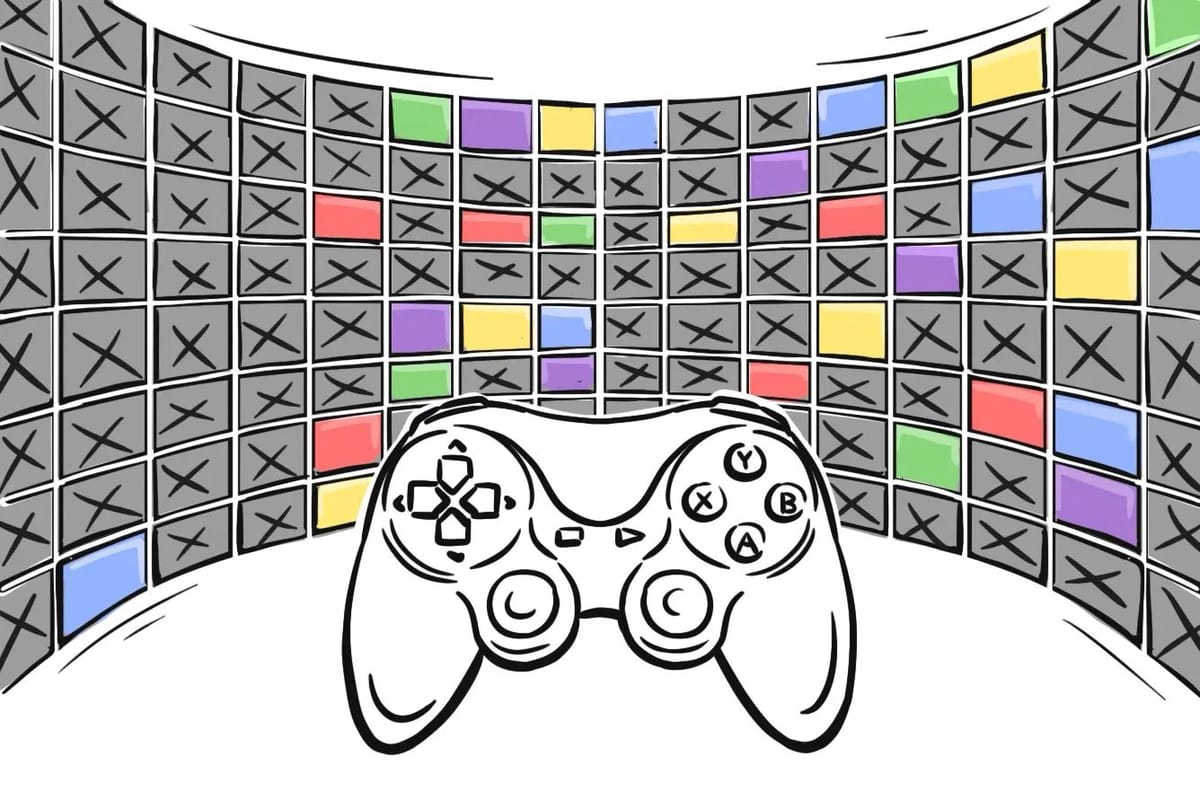
According to a CoinGecko report, approximately 2,127 Web3 games have failed in the past five years. This accounts for nearly 75.5% of all Web3 games launched, suggesting that 3 out of every 4 games have become inactive. While these numbers might seem quite dramatic, things may not be as bad as they appear. Yes, gaming projects do fail, but they are no different from other startups, many of which also unsurprisingly fail.
Source: coingecko.com
The methodology employed by CoinGecko essentially relied on daily active users. Web3 games were defined as inactive when their 14-day moving average of active users fell by 99% or more from their peak.
Notably, the launch and failure rates of these games closely mirror the crypto market cycles. During the euphoric bull market of 2021, bullish sentiment peaked, and the number of games failing was less than half of those launched. However, as the market turned bearish, the failure rate more than doubled. In 2022, the number of failed games exceeded those launched. Similarly during the previous bear cycle 2018-2020, the failure rate was much higher.
However, it is crucial to note that despite these high failure rates, the blockchain gaming market shows no signs of slowing. Since 2021, approximately 700 new games have been launched each year, reflecting sustained optimism in the sector. There are multiple games attracting tens or even hundreds of thousands of users daily.
Furthermore, investors remain actively engaged, with significant capital flowing into this area. In the third quarter of 2023 alone, blockchain games attracted $600 million in new investments. In 2023, the sector drew in over $2.3 billion in total.
Source: dappradar.com
It also appears that the blockchain gaming market is maturing. Developers are now prioritizing the quality of Web3 games and are more cautious about launching tokens. Previously, many blockchain games relied heavily on what was termed “ponzinomics,” attracting players primarily interested in earning money rather than engaging with the gameplay.
The bear market played a cruel trick on such games. When the token prices of these games fell, players’ earnings significantly decreased, leading to the loss of almost all their players. This also explains the high failure rate within the sector.
Ultimately, all blockchain games will compete with traditional games, so for the end user, the gameplay is key. Blockchain is a valuable addition, but regular gamers won't engage with a game solely for its blockchain integration.

